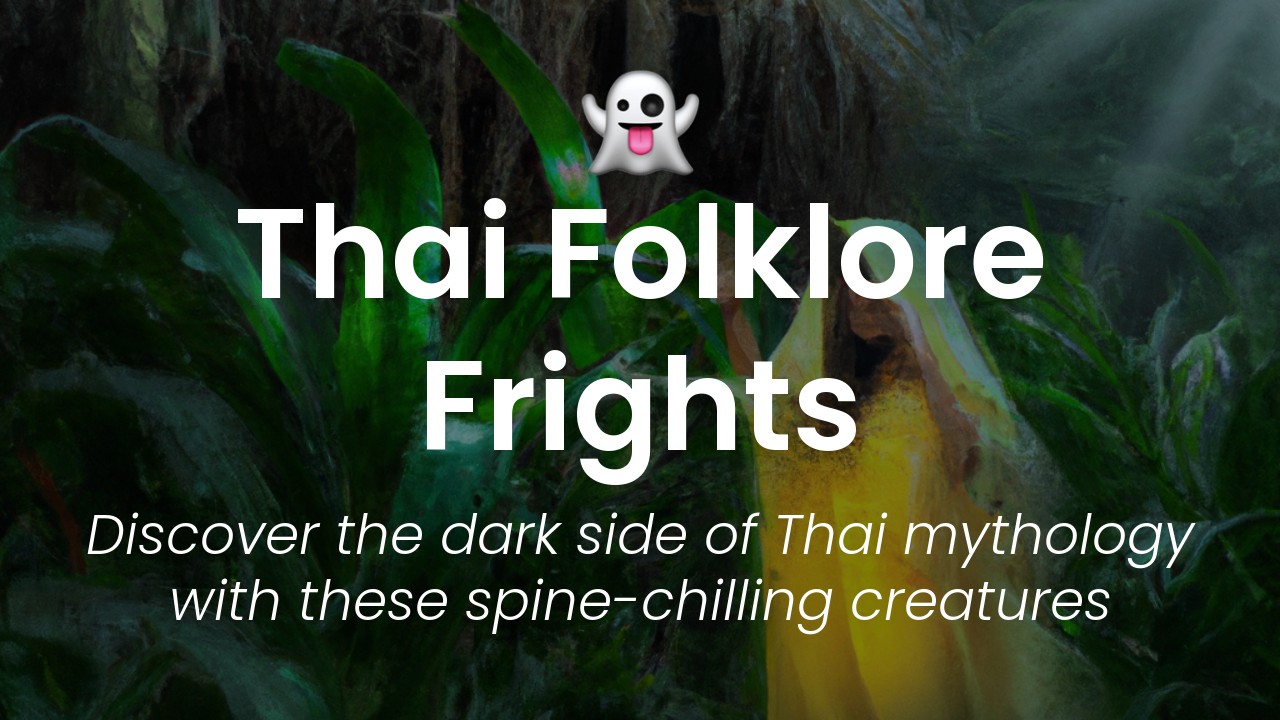As a young Thai woman who was born and raised in Thailand, I have been always fascinated by the beautiful and intricate Thai dances. Thai dances are an important part of the Thai culture and have been passed down from generation to generation for centuries. Originally, these dances were performed in the royal court and were a way to display the elegance of court life to visitors. Today, Thai dances are performed on various occasions such as religious festivals, weddings, and other celebrations.
However, while watching Thai dances performed, have you ever wondered about their meanings and the stories behind them? Thai dances are much more than just movements to music. Each dance is rich in symbolism and is usually accompanied by a story or legend. The dances are usually performed as a group, and each dancer has his or her own part to play in the story.
In this article, I will take you on a journey to unlock some of the secret myths behind Thai dances. We will explore some of the most popular dances in Thailand and the significant meanings behind them. From the masked dance of "Khon" to the graceful dance of "Ram Thai", we will delve into the stories and beliefs that have been passed down from generation to generation. So, sit back and let your imagination take you on a cultural journey that will enrich your knowledge and appreciation of Thai dances.
Origins of Thai Dances
Thai dances are an art form steeped in the country's deep, rich cultural history. Many of the dances date back hundreds of years, with their origins tracing back to the royal courts of old Siam. Thai dances are not only a means of entertainment; they also play a significant role in the country's traditional ceremonies and religious rituals.
The first recorded instance of Thai dances was during the Ayutthaya Kingdom period, which lasted from 1350 to 1767. The earliest forms of dances were influenced by Hindu and Buddhist originations, and these early dances became the foundation of what we now know as Thai classical dance.
Symbolism and Meanings
Most Thai dances symbolize important aspects of culture and nature attributed to Thai society. The gestures and movements of the performers are not random. They are a portrayal of the rich history, customs, and belief systems of the Thais. The colorful costumes, intricate hand gestures, and facial expressions carry deep meanings.
For instance, the Ram Wong Dance, originating from central Thailand, is an expression of love and affection, while the Fon-Pee dance is a representation of a rainy season when young love is blossoming.
Another famous dance form is the Khon dance, which portrays heroic battles from the Thai epic Ramayana. The dancers wear elaborate masks and costumes that signify their characters' depictions in the story.
Famous Thai Dance Styles
Thailand boasts numerous dance styles, from classical to folk. Classical dances are often performed in royal palaces, temples, or other significant events, while folk dances are usually performed during festivities and social gatherings.
One popular classical dance style is the Lanna dance, representing the northern region of Thailand. Dancers perform in a smooth, graceful manner, often accompanied by a slow, steady rhythm. Folk dances such as the swords dance, krap dance, and ram muay offer an entertaining display of athleticism while providing an insight into the culture and history of Thailand in the past and present.
Dressing for Thai Dances
Thai dance costumes are ornate and extravagant, often characterized by flowing silk and a bright range of colors. The intricate details and designs differentiate each dance style. For instance, the khon dance costumes feature intricately designed masks worn to represent a character in the story's enactment.
In contrast, the dressing for traditional folk dances is more casual and modest. Women are usually clad in flowing, colorful skirts and tops, while men wear loose clothing and headscarves topped with a ferminal coat.
Music and Instruments in Thai Dances
Thai dances are often accompanied by traditional music compositions played on classical Thai musical instruments. Some of the most popular instruments used in Thai dances include the pi-nai, the sueng, and the khene.
The pi-nai is a sort of oboe with a distinctive, drawn-out sound, while the sueng is a type of plucked lute that produces an energetic, upbeat melody. The khene is a bamboo pipe that produces a harmonious tune resonating with the pi-nai and sueng.
Role of Dance in Thai Culture
Thai dances have more than just entertainment significance in Thai culture. Dance performances play an essential role in upholding cultural values and beliefs, reinforcing social cohesion, and enhancing spiritual beliefs and moral values.
Children typically learn dance moves and songs at a young age, and some go on to pursue performance professionally. Many dance performances are held at festivals and special events throughout the year.
Learning and Performing Thai Dances
Although Thai dances can vary in complexity from simple folk dances to sophisticated classical performances, learning Thai dances is possible for anyone with the interest to learn.
Many institutions offer classes and workshops for all ages, and there is also a growing interest in learning Thai dances online.
Mastering the techniques of Thai dance can take years, but the dedication can result in mastering an art form that has been passed down for generations.
In Conclusion, Thai dances are an exquisite display of rich culture, deep history, and intricate art. The dances, music, and the costumes provide an insight into the beliefs, traditions, and daily lives of the Thai people. With various dance styles to explore, learning Thai dance is a unique way to embrace the enchantment of Thai culture. So why wait? Unlock the secret myths behind Thai dances and be mesmerized by the beauty that lies within.







